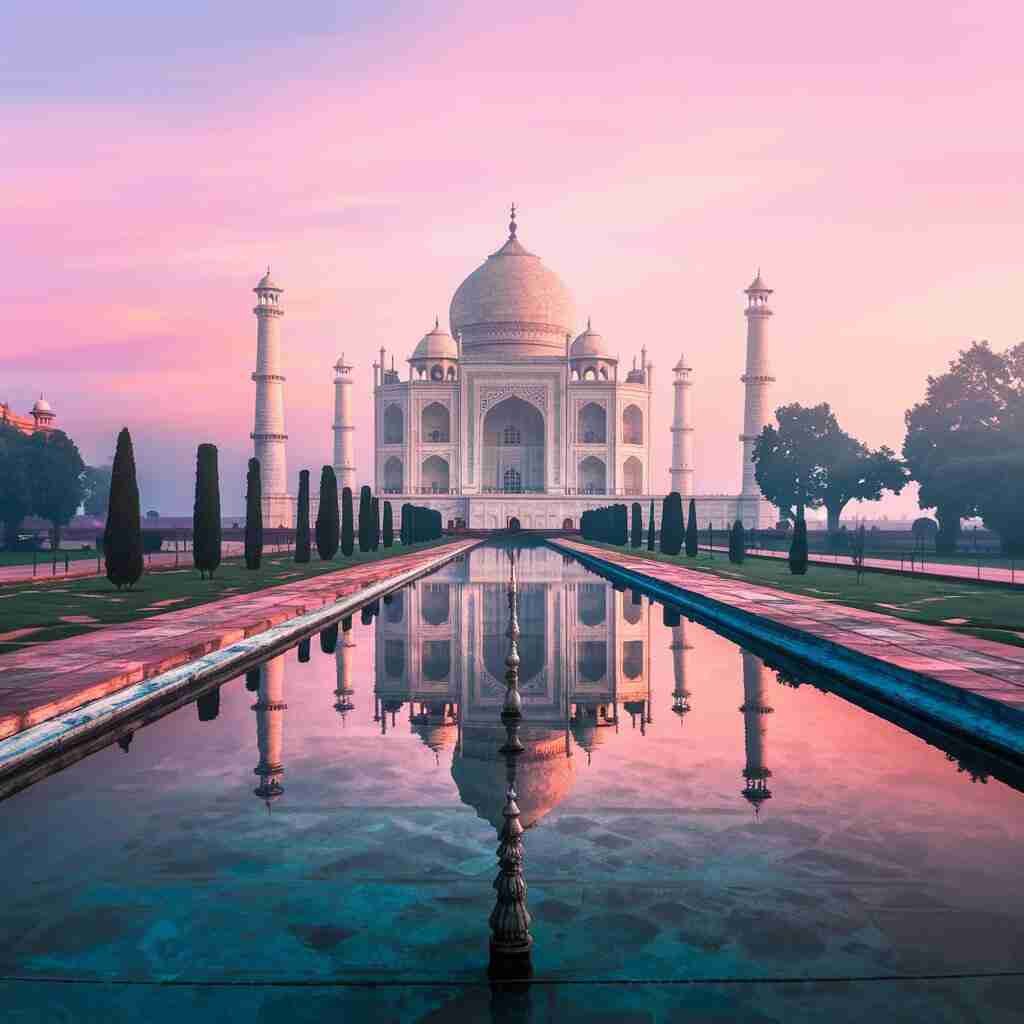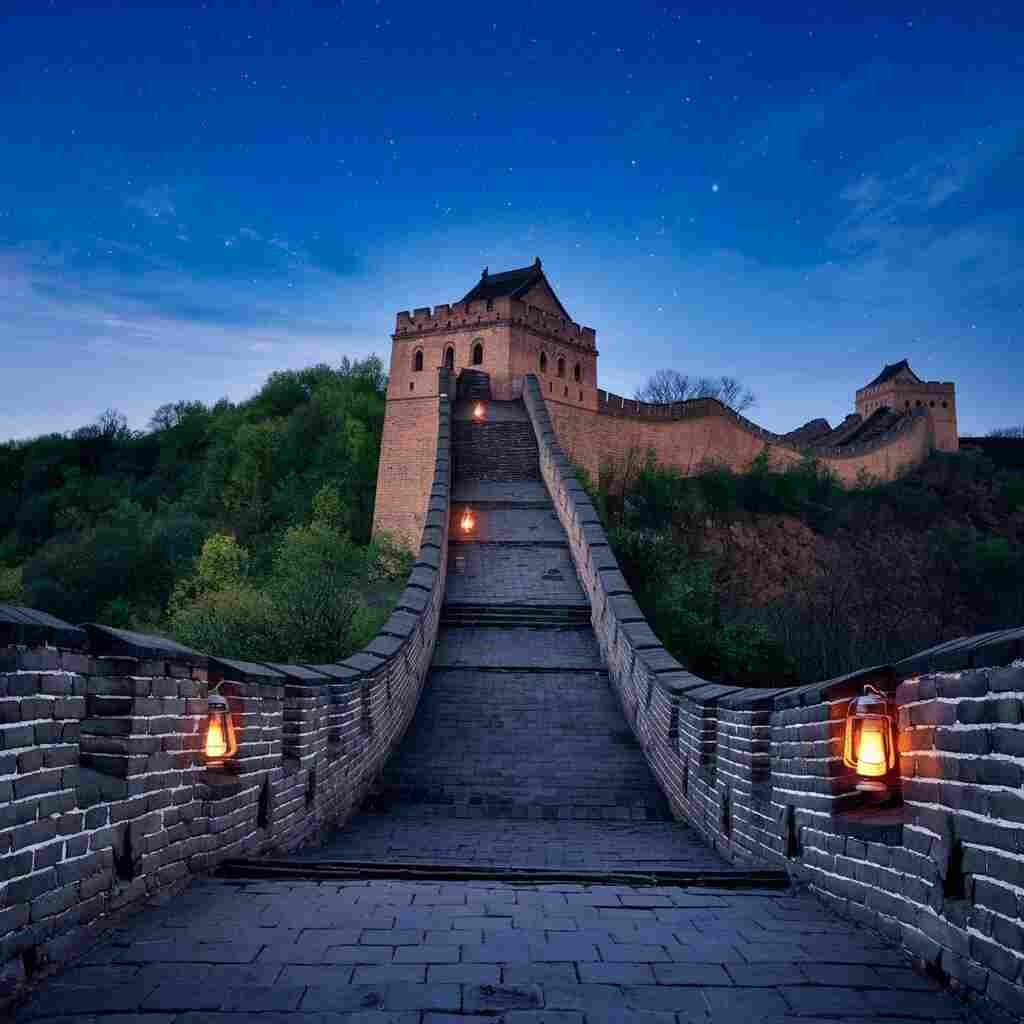Petra, Jordan, often referred to as the “Rose City” due to the pinkish hue of its sandstone cliffs, is a testament to ancient ingenuity, culture, and architectural brilliance. Carved directly into the rugged desert cliffs over two millennia ago, Petra remains one of the world’s most famous archaeological sites, attracting millions of visitors annually.
This article will take an in-depth look at Petra, Jordan, exploring its history, cultural significance, architecture, main attractions, and modern-day relevance. We’ll include a detailed table for easy reference, address frequently asked questions, and conclude with why Petra should be on your travel bucket list.
Introduction to Petra Jordan
- Location: Southern Jordan, Ma’an Governorate.
- Established: Around 312 BC by the Nabataeans.
- UNESCO World Heritage Site: Inscribed in 1985.
- Also Known As: The “Lost City” and the “Rose City.”
Petra served as the capital of the Nabataean Kingdom and a significant hub for trade and commerce, linking ancient trade routes from Arabia, Egypt, and the Mediterranean. The city was rediscovered in 1812 by Swiss explorer Johann Ludwig Burckhardt, after being hidden from the Western world for centuries.
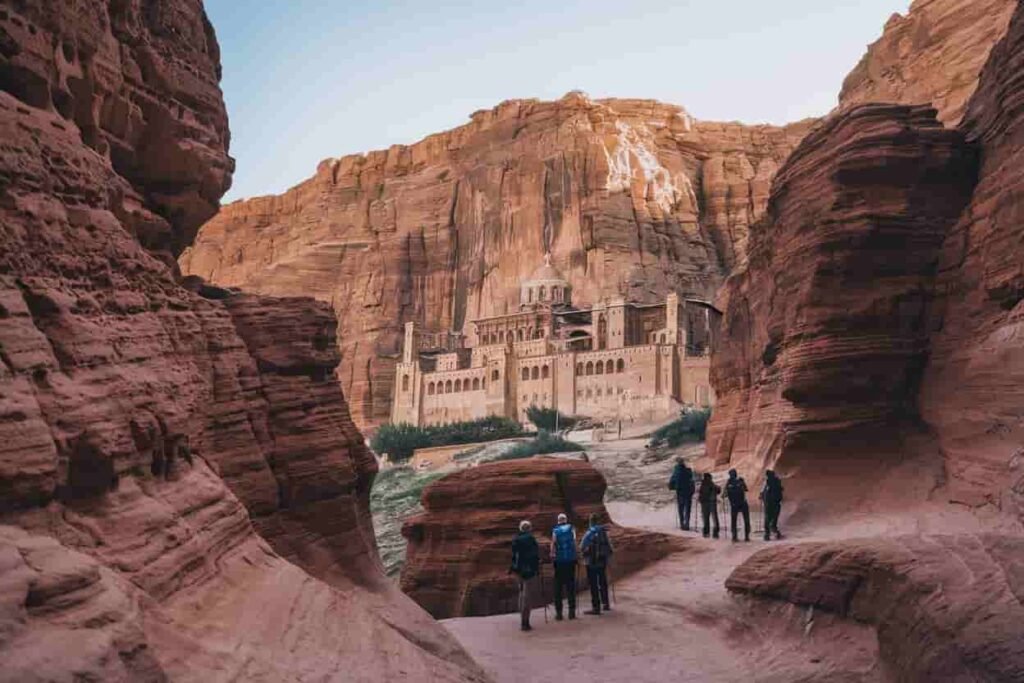
The History of Petra Jordan
The Nabataeans: Builders of Petra Jordan
The Nabataeans, an ancient Arab civilization, were the masterminds behind Petra jordan construction. They were skilled engineers and traders who utilized their knowledge to create a city that thrived in an arid desert environment.
Petra flourished as a commercial center between the 1st century BC and the 1st century AD. Its location allowed the Nabataeans to control trade routes, dealing in spices, incense, and textiles.
Roman Influence
In 106 AD, the Roman Empire annexed Petra and incorporated it into the province of Arabia Petraea. Under Roman rule, Petra underwent significant transformations, with the addition of amphitheaters, baths, and colonnaded streets.
Decline and Rediscovery
Petra began to decline in the 4th century due to changing trade routes and a series of devastating earthquakes. By the 7th century, it was largely abandoned and forgotten, earning its nickname, “The Lost City.” Rediscovery in the 19th century brought it back into the global spotlight.
Architectural Marvels of Petra Jordan
1. The Treasury (Al-Khazneh)
- Description: Petra’s most iconic structure, carved into a sandstone cliff.
- Purpose: Believed to be a royal tomb or a treasury for the Nabataean king.
- Key Features: A two-story façade adorned with Corinthian columns, statues, and intricate carvings.
2. The Monastery (Ad-Deir)
- Description: A massive structure larger than the Treasury, located high in the mountains.
- Purpose: Thought to be a temple or monastery.
- Key Features: A simpler but grander façade, accessible via an 800-step climb.
3. The Siq
- Description: A narrow, winding gorge that serves as the entrance to Petra.
- Length: About 1.2 kilometers.
- Key Features: Towering rock walls, natural formations, and remnants of ancient carvings.
4. The Royal Tombs
- Description: A cluster of elaborate tombs carved into the cliffs.
- Key Tombs: The Urn Tomb, the Silk Tomb, the Corinthian Tomb, and the Palace Tomb.
5. The Theater
- Description: A Roman-style amphitheater carved into the rock.
- Capacity: Could accommodate up to 8,500 spectators.
6. The Great Temple
- Description: One of the largest free-standing structures in Petra.
- Purpose: Believed to be a religious or administrative complex.
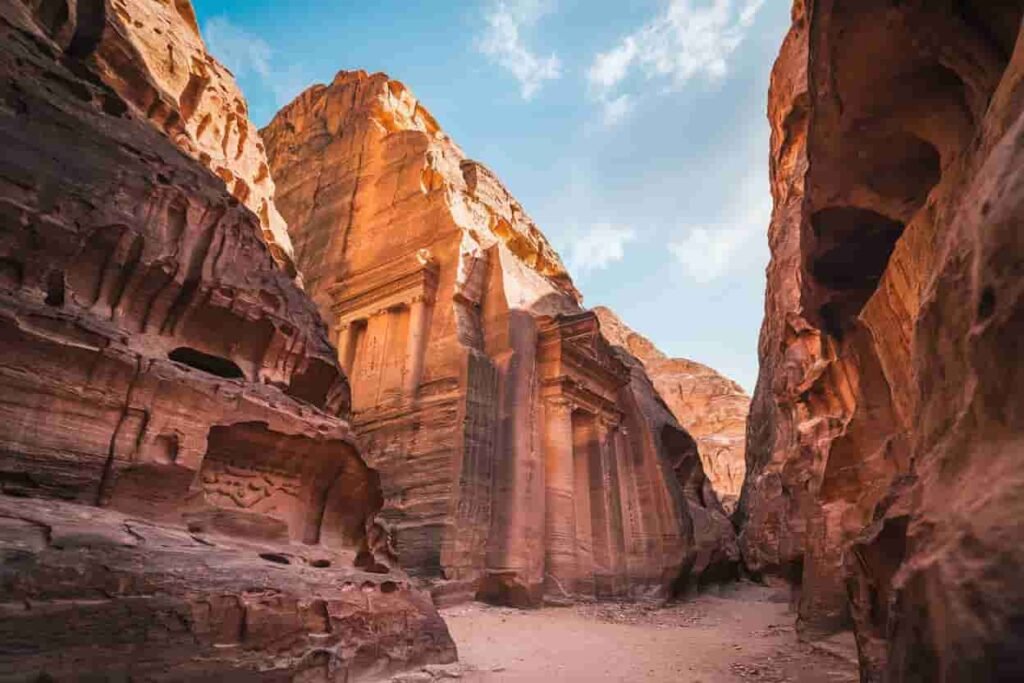
Natural Beauty and Engineering Mastery
Petra is not only a city of monuments but also an example of ancient engineering genius. The Nabataeans developed a sophisticated water management system, including dams, cisterns, and aqueducts, to harvest and distribute water in the desert.
Surrounding Petra, the rugged desert landscape enhances its allure. The warm hues of sandstone cliffs change color throughout the day, offering breathtaking views at sunrise and sunset.
Petra in Modern Culture
Petra has been featured in numerous films, documentaries, and books. The most notable is its appearance in Indiana Jones and the Last Crusade (1989), which showcased the Treasury as the final resting place of the Holy Grail.
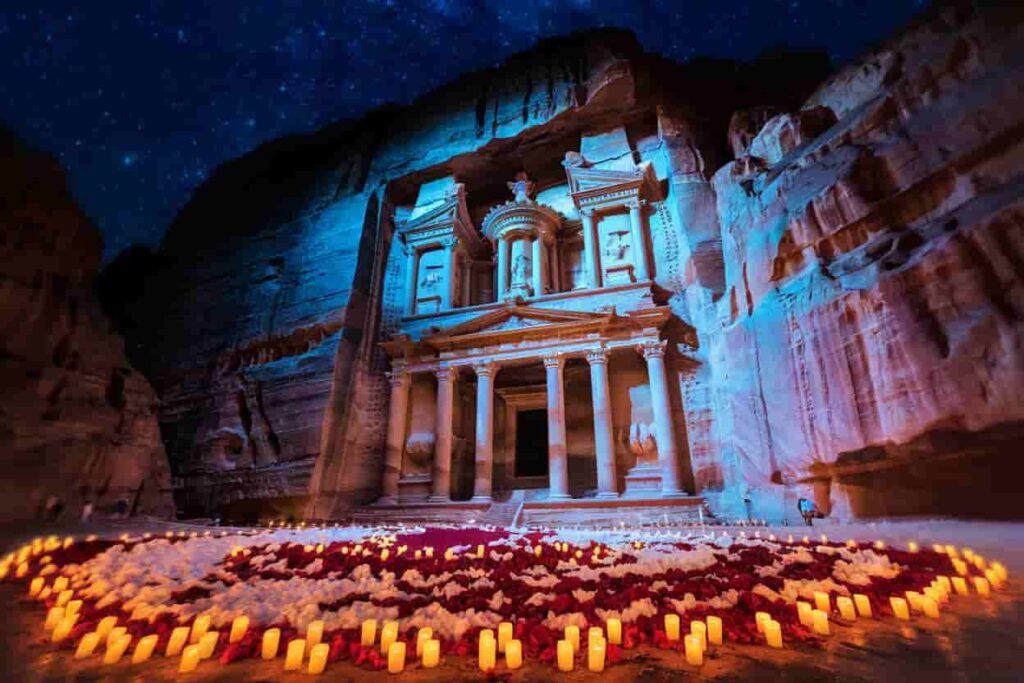
Petra Jordan Today: A Traveler’s Guide
Best Time to Visit
- Spring (March to May): Mild temperatures and blooming wildflowers.
- Autumn (September to November): Comfortable weather and fewer crowds.
How to Reach Petra
- By Air: Fly into Queen Alia International Airport in Amman, then drive or take a bus to Petra.
- By Land: Petra is approximately a 3-hour drive from Amman.
Ticket Information
- Petra by Night: Experience the Treasury illuminated by candlelight.
- Jordan Pass: Includes entry to Petra and other Jordanian attractions.
What to Bring
- Comfortable walking shoes.
- Water and snacks.
- A hat and sunscreen for daytime visits.
Comparison Table: Key Features of Petra
| Feature | Description | Purpose | Highlight |
|---|---|---|---|
| Treasury | Ornate sandstone structure | Royal tomb or treasury | Iconic façade with intricate carvings |
| Monastery | Large cliff-carved monument | Religious or ceremonial site | Larger but simpler than Treasury |
| Siq | Narrow entrance gorge | Main entrance to Petra | Natural beauty and ancient carvings |
| Royal Tombs | Elaborate tombs in cliffs | Burial sites for nobility | Stunning examples of Nabataean art |
| Theater | Roman-style amphitheater | Public performances | Carved into the rock |
| Water System | Dams, cisterns, and aqueducts | Harvesting water | Advanced desert engineering |
Frequently Asked Questions (FAQs)
2. Is Petra one of the Seven Wonders of the World?
Yes, Petra is one of the New Seven Wonders of the World, chosen in 2007.
3. How much time do I need to explore Petra?
A full day is sufficient for most highlights, but spending two days allows for a deeper exploration, including the Monastery and less-visited areas.
4. Is Petra suitable for children or elderly travelers?
Yes, but the terrain can be challenging. Hiring a donkey or camel can make the journey easier.
5. Can I visit Petra on my own?
Yes, Petra is self-guided, but hiring a licensed guide can enhance your experience with historical insights.
6. What is the best photo spot in Petra?
The view from the hill opposite the Treasury, known as the "Treasury Overlook," offers stunning photo opportunities.
Conclusion
Petra, Jordan, is more than just a historical site—it’s a journey into the heart of an ancient civilization. From its monumental Treasury to the serene beauty of the Siq, Petra offers an unparalleled glimpse into the past. Its blend of natural wonder and human ingenuity makes it a destination that inspires awe and wonder in every visitor.
Whether you’re a history buff, a nature lover, or an adventurer, Petra is a bucket-list destination that promises an unforgettable experience. Its timeless beauty and rich history ensure it will remain one of the world’s greatest treasures for generations to come.

